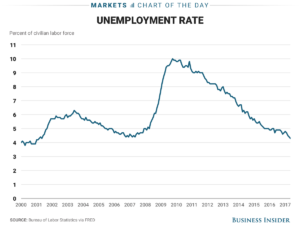There is an idiom expression in China saying that “hunger breeds discontentment.” It is not hard to understand that people are less likely to spend money on fancy meal and dining environment when the economy is bad. With little money in their pocket, people tend to turn to fast-food or eat at home, and the restaurant business goes down. Thus the Performance of the Restaurant Industry is a significant indicator of the health of our economy.
According to the National Restaurant Association(NRA), Restaurant industry sales constitute 4 percent of the U.S. GDP. The president of NRA Dawn Sweeney said restaurant business also stimulates employment and generates tax revenues. He said, “What’s more, for every dollar spent in restaurants, an additional $2 is generated in sales for other industries, generating even more tax dollars and economic activity.”
The Restaurant Performance Index provided by the National Restaurant Association examines a comprehensive health of the U.S. restaurant industry, including sales, traffic, labor and capital expenditures. If the index value is above 100, it means the American restaurant business is growing during this period of time. An index value below 100 means this business is shrinking.
If we compare this chart to the United States GDP, we could see a general trend that the RPI and GDP have a positive relationship. The higher RPI foreshadows a growing GDP, usually about one year ahead. For example, RPI falled below 100 value after 2007, while American confronted a recession in 2008. While RPI started to recover after 2009, the GDP began to increase after 2010.
Stifel analyst Paul Westra and his team believe that “US restaurants are showing signs of heading toward a sector-wide recession.” Restaurant spending is a strong indicator of consumer behaving, which is a large part of American economic growth. It also demonstrates people’s confidence about their money. Stifel’s team said “Restaurants have historically led the market lower during the 3-to-6-month periods prior to the start of the prior three US recessions”. The RPI and GDP charts above has backed up Stifel’s statement.
The RPI Index for 2017 is pretty close to the value of 100. Westra said, “restaurant performance this year, particularly in the second quarter, is shaping up to look pretty similar to the second half of 2000 and the first half of 2007 – the periods that immediately preceded the last two U.S. recessions.” If the history repeats itself, it means 2018 might become the beginning of another U.S. recession period.
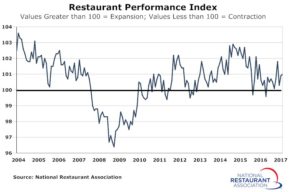


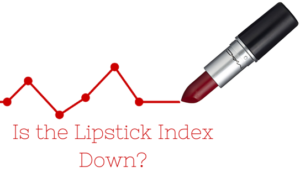
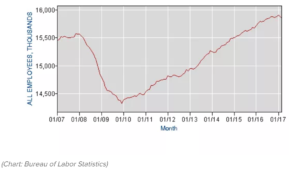


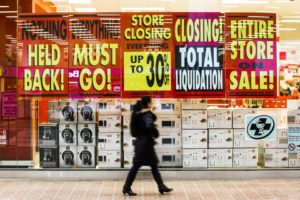
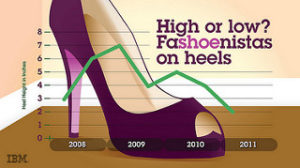
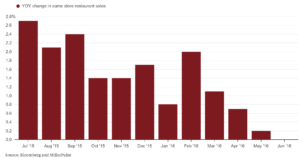
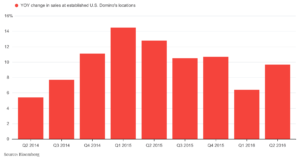
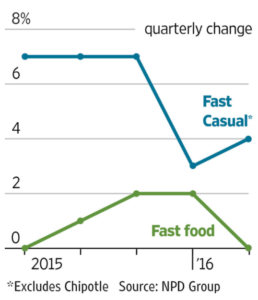

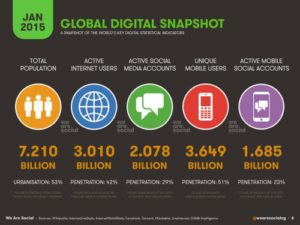
 Businesses are able to use social media to learn more about themselves. Reviews, feedback, and consumer research has never been easier, allowing businesses to spend less money on what is not working and pump more money into what is. This is so important for businesses to pay attention to and utilize, because it is something that can potentially take your company to the next level.
Businesses are able to use social media to learn more about themselves. Reviews, feedback, and consumer research has never been easier, allowing businesses to spend less money on what is not working and pump more money into what is. This is so important for businesses to pay attention to and utilize, because it is something that can potentially take your company to the next level.